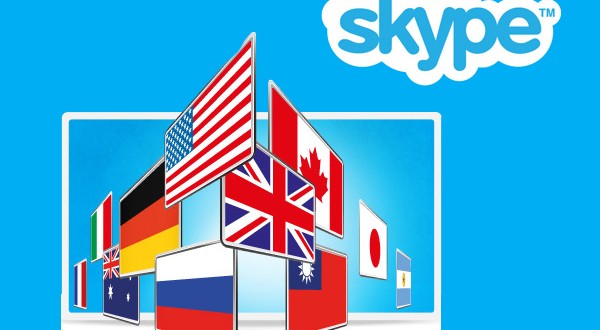Microsoft’s Skype has been a real help for people and businesses all over the world and now, 10 years after its launch, it is celebrating by announcing a brand new feature. Communicating with people from different countries becomes even easier than before. Now, not only users can see each other, speak and type, but they can also understand people who do not speak their language. The Microsoft’s head of Skype and Lync, Gurdeep Singh Pall showed off a new speech-to-speech translation technology that will be included in the future versions of its Skype products. Skype is looking to roll it out in beta this year and allow users from all over the world to speak to one another in real-time, even though they speak different languages.
The translation feature is a result of the collaboration between Skype, Bing and Microsoft’s Research Lab, which has been interested in developing natural language processing and machine learning for many years. The language recognition is based on the same technology as Microsoft’s Cortana personal assistant on Windows 8.1. Skype’s translation feature will be available on as many devices and apps as possible. At the inaugural Code Conference, Microsoft’s CEO wanted the wide public to imagine that in the near future, technology will allow users to bridge geographic and language boundaries to connect millions of minds in ways never before possible.
At this point, Skype is supported by Windows, Windows Phone, OS X, iOS, Linux, Android, BlackBerry OS, Symbian, PSP, PSVita, Xbox One and it is available in 38 languages. Skype statistics inform that on January 2012, the software has 31 million users and there are 560 million people who have ever used Skype, even for one time. In May 2012, the official number of people who had a Skype account ( but not necessarily use it) was 300 million.
 Load the Game Video Games, Reviews, Game News, Game Reviews & Game Video Trailers
Load the Game Video Games, Reviews, Game News, Game Reviews & Game Video Trailers



